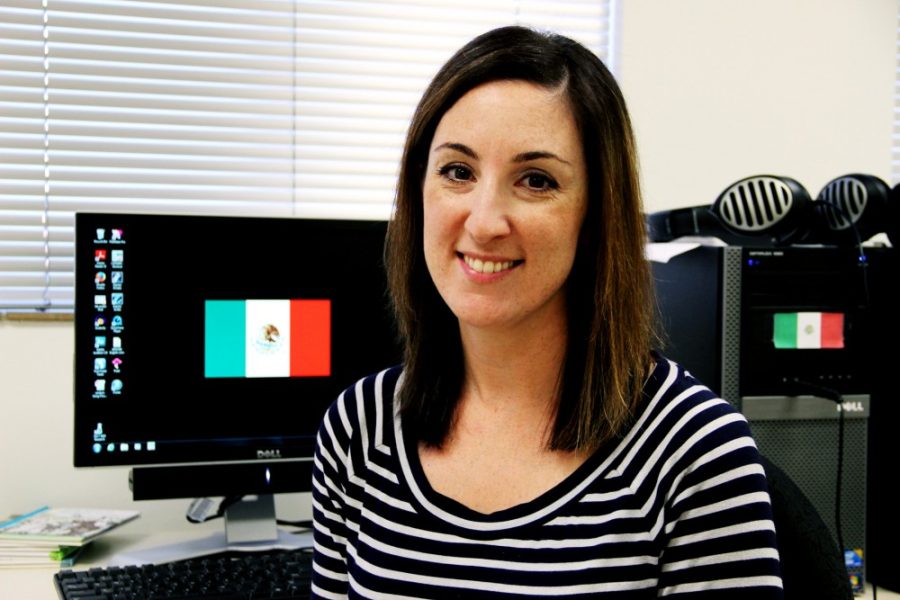For children that grow up speaking multiple languages, language acquisition occurs differently than for those who grow up speaking English alone.
The idea may be straightforward enough, but speech therapists have been grappling with how to incorporate it into their work for decades. Last fall, the UA Department of Speech, Language, and Hearing Sciences added a bilingual speech therapy graduate program, making the UA one of a handful of universities to offer a program in the emerging field.
Existing protocol for diagnosing speech disorders in bilingual children is problematic because many of the tests are designed for monolingual, English-speaking children, Leah Fabiano-Smith, an assistant professor in the department, said. This results in both under- and overdiagnosis among bilingual children.
“Bilingual children are either being put in special ed because they sound different,” she said, ”or they are being underdiagnosed because the speech pathologist doesn’t know how to diagnose them [with a speech disorder] and so they’re not receiving the services they need.”
Fabiano-Smith is involved in a number of studies that focus on speech acquisition in bilingual children versus those that speak only English. Much of her work deals with Latino children, she said, adding that roughly 80 percent of Latino families in the U.S. speak Spanish at home, either exclusively or in addition to English.
Along with a team of researchers, Fabiano-Smith studies how bilingual children learn their respective languages and the interplay that occurs between the two.
For instance, one study looked at the rule known as “stop-spirant alternation,” which is the way Spanish speakers change a sound like “ba” to something more like “va” when it occurs after a vowel sound — as in the word “bebe.” The rule does not exist in English.
“What I’m interested in is looking at interaction between the two languages,” she said. “If a bilingual child has a rule in one language and doesn’t have the rule in the other language, how does the child resolve this conflict [and] do we see any carryover of that particular rule to the other language?”
Once the researchers figure out what typical acquisition looks like in bilingual children, they can better inform speech therapists on how to correctly assess and manage speech disorders, said Trianna Oglivie, a graduate student in the department of speech, language, and hearing sciences.
By studying both normal and disordered processes, the researchers can tell whether the child is picking up language in a typical manner, or if they are making a sound that is actually incorrect, in which case they could get speech therapy services, Oglivie said.
Lea Cuzner, a clinical assistant professor in the department of speech, language, and hearing sciences, works directly with bilingual children as a speech-language pathologist at Wings on Words, a local preschool.
She emphasized the importance of such research as a way to help children converse with the world.
“One of the key parts of being human is the ability to communicate,” she said. “So any way that we can help a child to communicate to his family and his friends is a wonderful thing.”









